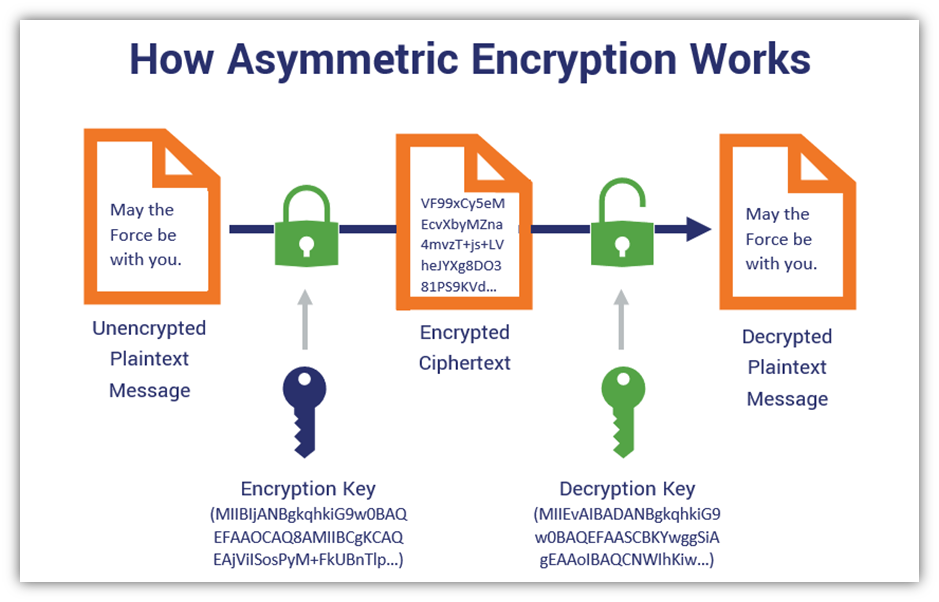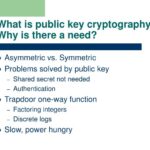In the realm of cryptography, symmetric key encryption serves as a foundational pillar, essential for securing sensitive information and ensuring communication privacy. This method relies on a single key for both encryption and decryption, which offers both efficiency and speed. From a Christian perspective, the inherent principles of trust, faith, and security in symmetric encryption resonate deeply, as they parallel fundamental beliefs about safeguarding personal and communal integrity in relationships. Below is a detailed exploration of the top four symmetric key encryption ciphers that are pivotal in today’s digital landscape.
1. Advanced Encryption Standard (AES)
Advanced Encryption Standard (AES) stands as the most widely recognized symmetric encryption cipher. Established as a federal standard in 2001, AES employs block cipher techniques to encrypt data in fixed-size blocks of 128 bits. The algorithm supports key lengths of 128, 192, and 256 bits, providing a robust security framework that is resilient against brute-force attacks. Its strong cryptographic capabilities ensure that sensitive data remains protected from unauthorized access, akin to the Biblical principle of guarding one’s heart. In spiritual terms, just as individuals are called to protect their inner sanctum from harmful influences, AES safeguards digital information against malicious entities.
AES’s structure also lends itself to a wide array of applications, from securing online transactions to encrypting government communications. Christians, often emphasizing stewardship and responsibility, can draw a parallel to the conscientious use of such encryption; after all, protecting data is akin to safeguarding valuable resources entrusted to us.
2. Data Encryption Standard (DES)
Though now largely superseded by AES, the Data Encryption Standard (DES) played a significant role in the history of cryptography. Developed in the 1970s, DES uses a key size of 56 bits, encrypting data in 64-bit blocks. While it was once deemed secure, advances in computational power have rendered DES vulnerable to attacks, emphasizing the necessity of continual vigilance in the realm of information security. This mirrors the Christian doctrine of perseverance in faith and the ongoing struggle against spiritual adversities.
While DES itself may no longer be the optimal choice for safeguarding data, its legacy persists in the evolution of secure encryption methodologies. It serves as a reminder that past vulnerabilities must inform future improvements and adaptations. Christians can see in this narrative the importance of learning from mistakes and the commitment to grow stronger in the face of challenges.
3. Triple Data Encryption Standard (3DES)
As a response to the shortcomings of DES, Triple DES (3DES) emerged, employing three iterations of the DES algorithm to enhance security. By applying the DES process three times, it effectively mitigated the risks associated with a mere 56-bit key, thereby offering a key length of 112 or 168 bits. The metaphorical resonance with agape love, which emphasizes depth and commitment in relationships, mirrors the triple application of encryption—enhancing protection eternally. Within the Christian faith, this embodies the call to not only love with sincerity but with a robust dedication that transcends superficial gestures.
However, as secure as 3DES might be in practice, the evolution of computational technologies has prompted the shift to more advanced encryption standards such as AES. The lesson here manifests in the importance of not becoming complacent with what was once deemed sufficient, echoing the call for Christians to continually seek spiritual growth and reinvention.
4. RC4 (Rivest Cipher 4)
RC4, developed by Ron Rivest in the 1980s, is a stream cipher that became popular for its simplicity and speed, allowing for an efficient yet effective means of encrypting data. Security protocols like SSL and WEP initially utilized RC4 to safeguard communications. Yet, vulnerabilities have led to a decline in its reputation, underscoring the necessity of vigilance and awareness surrounding technological advancements. Within a Christian context, this serves as a poignant reminder of the need for discernment; much like the importance of wisdom when navigating choices, ensuring we engage with secure and reliable technologies reflects our responsibility to protect ourselves and others.
The journey of RC4 encapsulates the dual aspects of creativity and caution—two qualities dictated by doctrinal teachings. The ability to innovate must always align with the pursuit of righteousness and moral integrity, illustrating how technology and faith can interweave to inform responsible living.
Conclusion
The exploration of these four symmetric key encryption ciphers encapsulates not only the technical aspects of securing data but also resonates with deeper spiritual truths. The principles of trust and protection inherent in symmetric encryption find parallels in Christian teachings about safeguarding relationships and integrity. As the digital landscape continues to evolve, so too must the approaches to cryptography—inspired by a faith that emphasizes continuous growth, vigilance, and the enduring responsibility to protect what is invaluable.








Leave a Comment